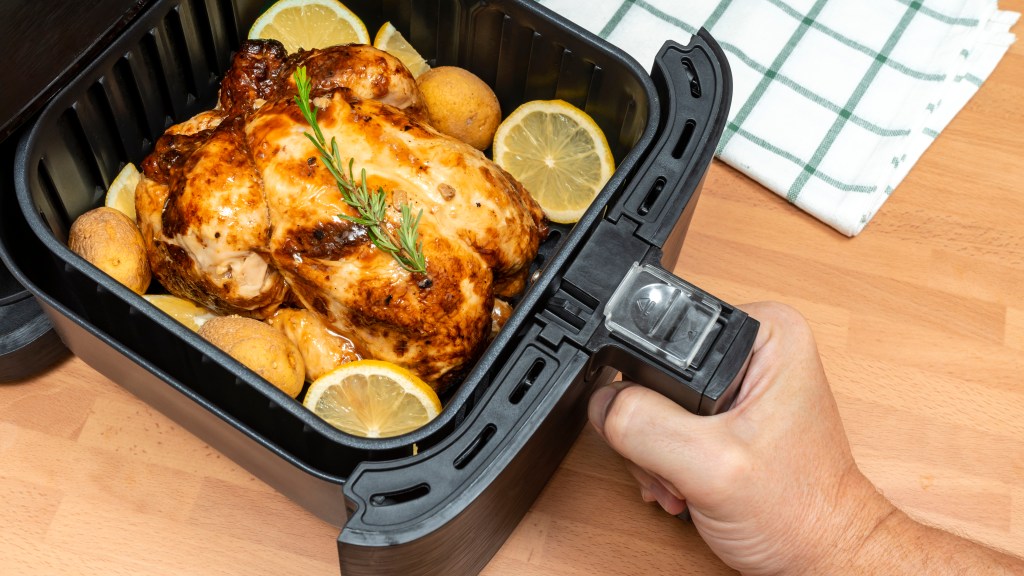The Cost of Fast Food Chains: A Deteriorating Experience
As restaurant costs continue to rise due to factors such as increased rent, food inflation, rising wages, and government taxes, one might expect that charming independent eateries delivering quality ingredients and traditional hospitality would struggle to survive. Instead, it’s the larger chains that are benefiting by incrementally sacrificing quality without drawing much attention, and this is precisely what is happening.
A notable example is Bill’s, a mid-range dining chain that is so unremarkable I’ve visited three locations without recalling any specific details of my experiences. Despite only a 1% rise in revenue last year, reports from The Sunday Times indicate that earnings surged over 30%, coinciding with the closure of 1,409 restaurants across the UK. It’s a puzzling situation! How did they achieve this? Could it possibly be by enhancing the dining experience? Unfortunately, the answer is no.
According to Tom James, managing director of Bill’s (part of the Ivy Group), the company’s profitability can be attributed to a “cost-cutting initiative.” This phrase often translates in the restaurant industry to inferior ingredients, less skilled chefs, dirtier facilities, and reduced staff. While shareholders may have benefitted, diners certainly have not.
So, when critiquing the escalating prices at the restaurants I evaluate, it’s important to consider that the less expensive alternatives often come at the cost of quality and service in order to maximize profits for the owners and shareholders (notably Sheikh Hamad bin Jassim bin Jaber al-Thani, former Prime Minister of Qatar). This could lead to situations where you find yourself at Bill’s waiting for a less-than-acceptable dish served by a lone server. At least it’s still priced at £23.50. Choose wisely.
My Padel Journey
This past weekend, I was thrilled to spot a highlight in the Style magazine celebrating padel, my newfound passion, describing it as a “hot fashion property.” Brands from Armani to Varley are reportedly launching collections inspired by the sport this summer.
I recently returned from a padel trip to Spain, the country of its origin, with my regular Monday night Eton fives group, who are gradually transitioning to this outdoor ping-pong-like game due to its minimal physical demands. In Almeria, our schedule comprised two hours of padel in the morning, followed by lunch, drinks, a siesta, and then another two hours of padel in the afternoon, along with swimming and dining—over the course of four delightful days. The on-court fashion was hardly conventional.
This fashion, if one might call it that, consisted of old gardening trousers cut off at the knee, long-sleeve, button-front 1980s cricket shirts with elbow holes, Dunlop Green Flash sneakers nearing their last laces, and Charterhouse 2nd XI football socks.
Business Class with Twist
On a recent short-haul trip, I opted for business class, which I usually avoid. I realized upon boarding that priority seating is fundamentally flawed. Those who have invested in the “Group 1” boarding must arrive punctually, only to stand by while waiting for the announcement, then forcing their way past annoyed passengers in groups 2-6, only to be halted at the bottom of the stairs while shuttle passengers clear out. You then scramble onto a bus, often needing to relinquish your seat to someone with mobility issues before you eventually reach your seat, watching fellow passengers crawling past you. It’s an unpleasant experience.
If airlines truly intended to provide value for premium ticket holders (beyond a mediocre meal and slight extra legroom), they should load economy passengers first while the elite travelers enjoy drinks at the caviar bar, and call us only when the others are settled. In essence, the so-called first-class passengers should be loaded last, reminiscent of biblical teachings where the first shall be last. Economy travelers should board ahead.




Post Comment